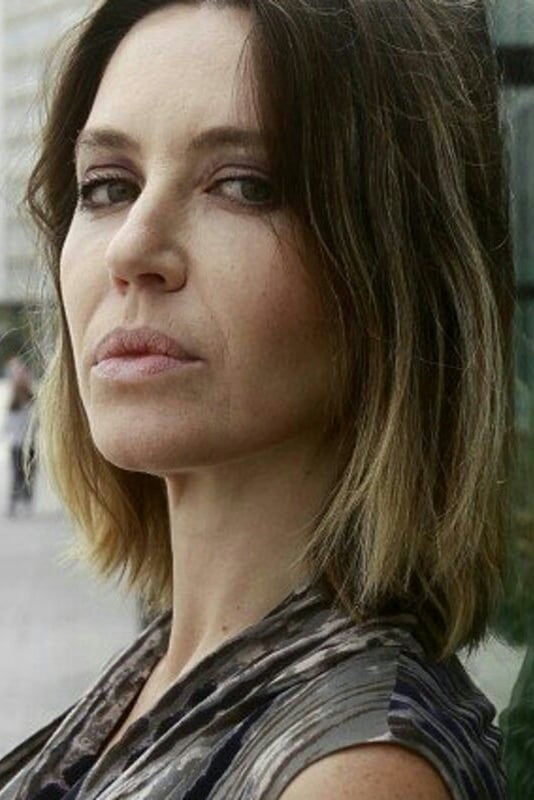
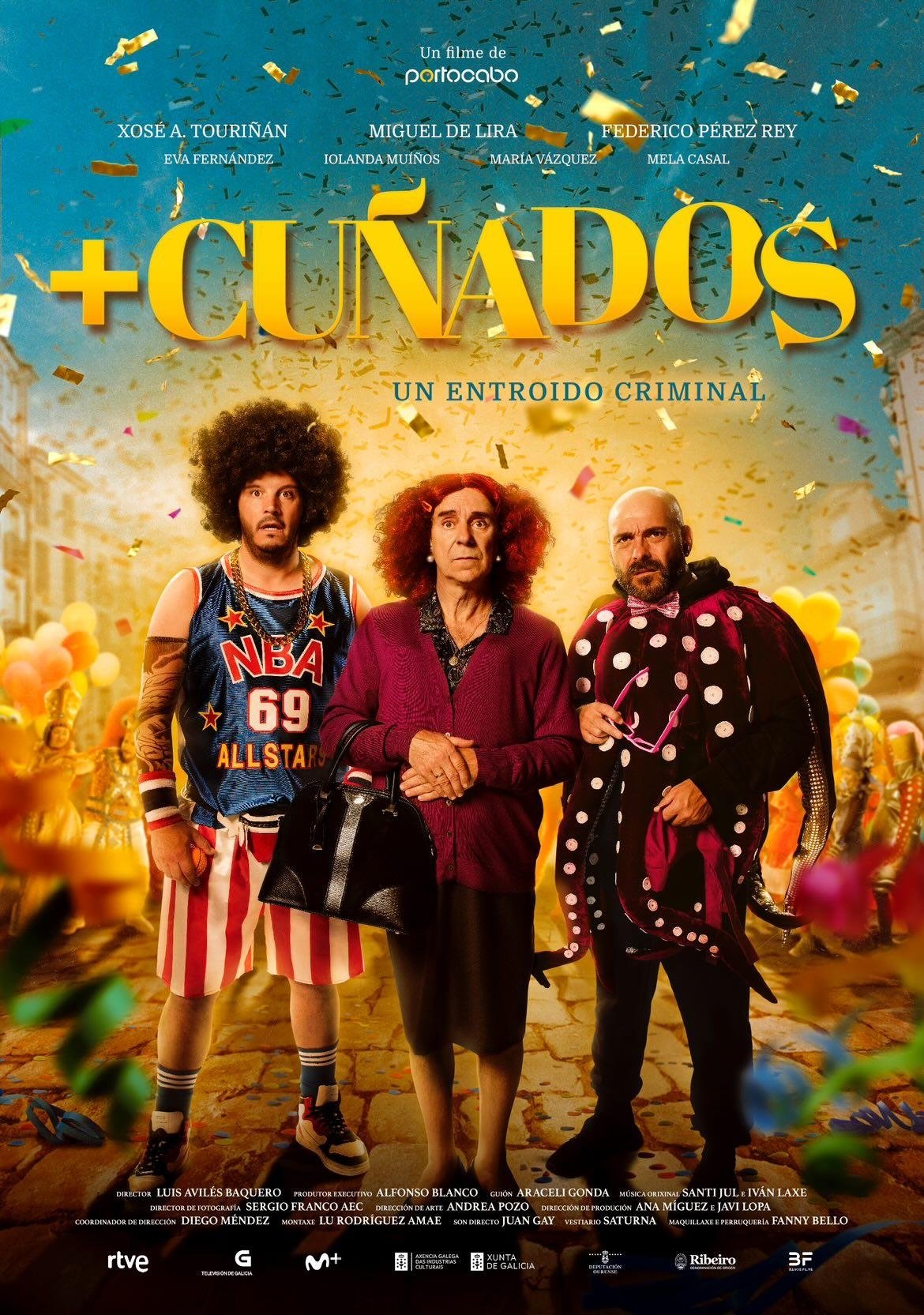
This new adventure of the brothers-in-law begins with the appearance of a corpse right in the middle of the Tui international bridge. This fact comes from what happened a few days ago... Carnival arrives and the Ribeiro family prepares to enjoy the favorite festivities of every good person from Ourense. Two years have passed since the arrest of Alicia Zamora and her Portuguese partner. The brothers-in-law have set up an octopus stand in Ourense, the perfect way to launder the riot money that fell to them from the sky (literally). Between one thing and another, Modesto has become another brother-in-law in the family. The appearance in Ourense of Andreia Nunes (the partner of the detained Portuguese) in search of revenge will complicate things for the brothers-in-law, getting them into a new mess that will turn this Carnival into a real masked ball.

Brothers-in-law, Eduardo and Sabonis, married to sisters Cuca and Peque Ribeiro, have made a real mess of one of their business ventures and are in need of money, a lot of money. It will be Sabonis who, in one of his uncontrollable fits of rage, comes up with a plan to fix all their problems in one go: kidnap Modesto, brother-in-law to Alicia Zamora, the businesswoman who screwed them over. There’s just one problem: Alicia has no intention of paying even a penny to get her brother-in-law back. In the end, it will be Modesto himself who comes up with a new plan to help Eduardo and Sabonis get the money they need to save the family wine business. What they don’t know is that police officer Mati, the Ribeiro’s middle sister, is on to their little plan. Eduardo, Sabonis and Modesto have everything to lose, but as Sabonis would say, what could go wrong?
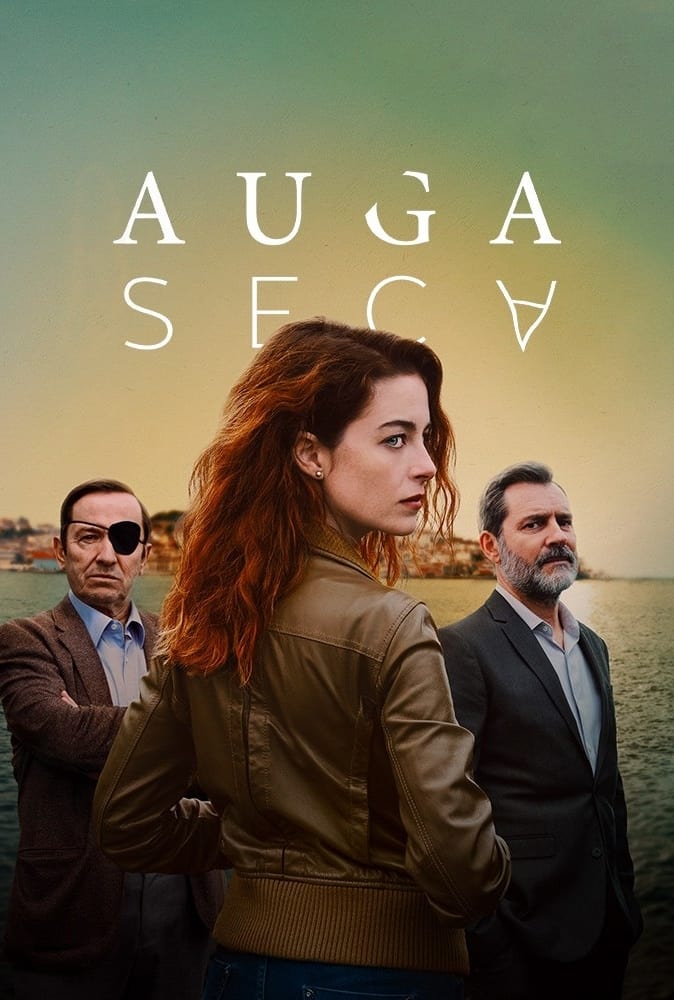

As it had happened before, a body appears on the first night of the Carnival. The locals are sure this the work of "Urco", and that more murders will follow until the festival is over.
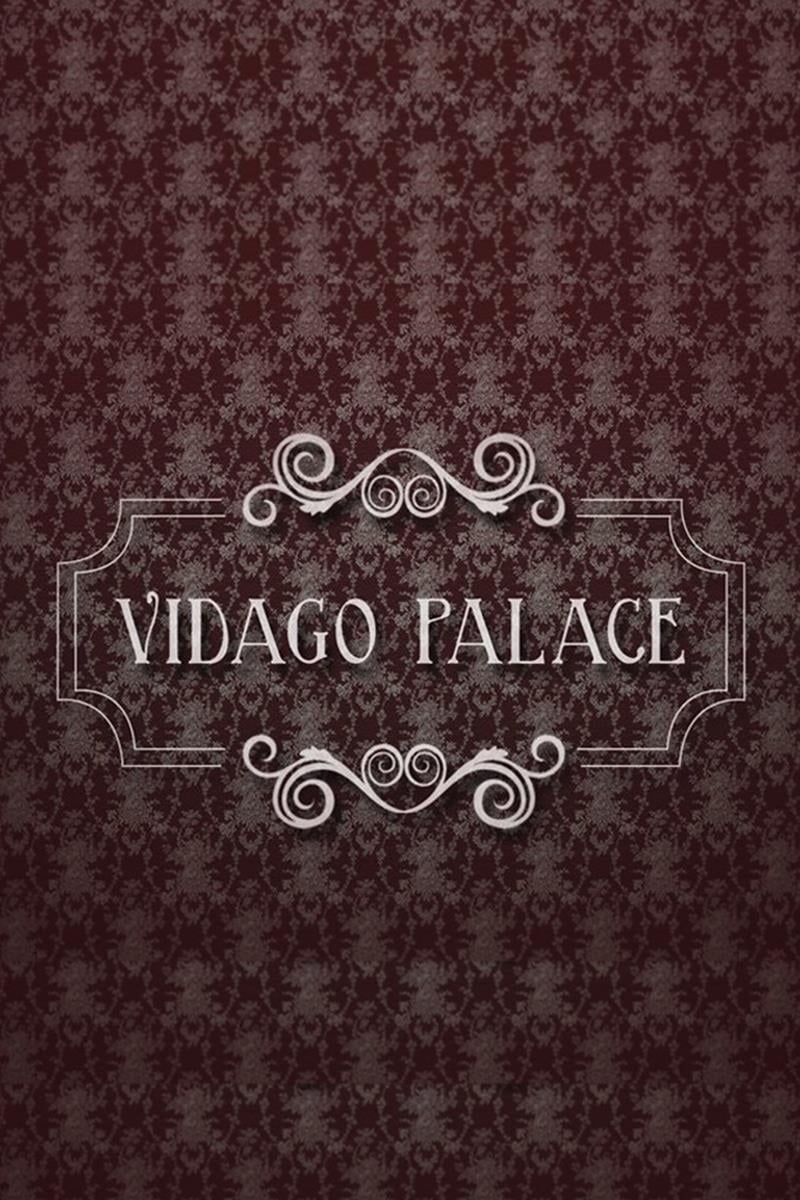
Vidago Palace has the background of the year 1936 and tells us a love story between two young people from different classes, ready to face all obstacles.
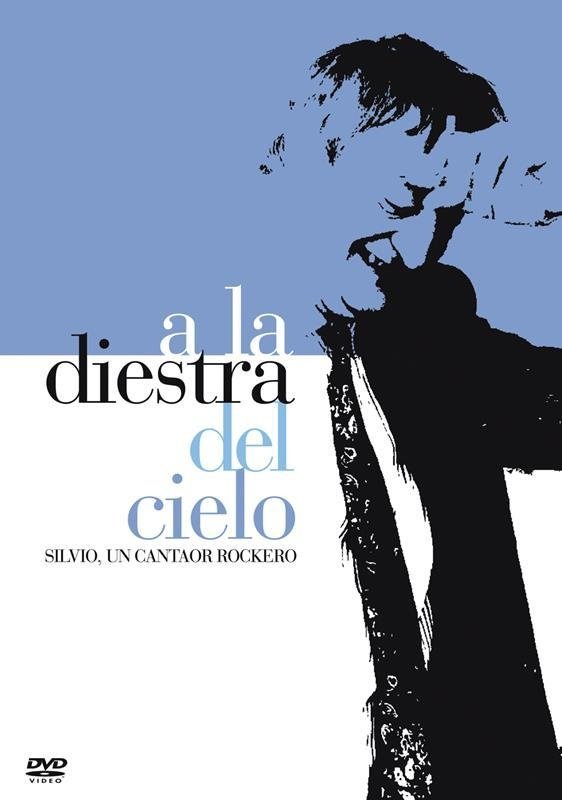
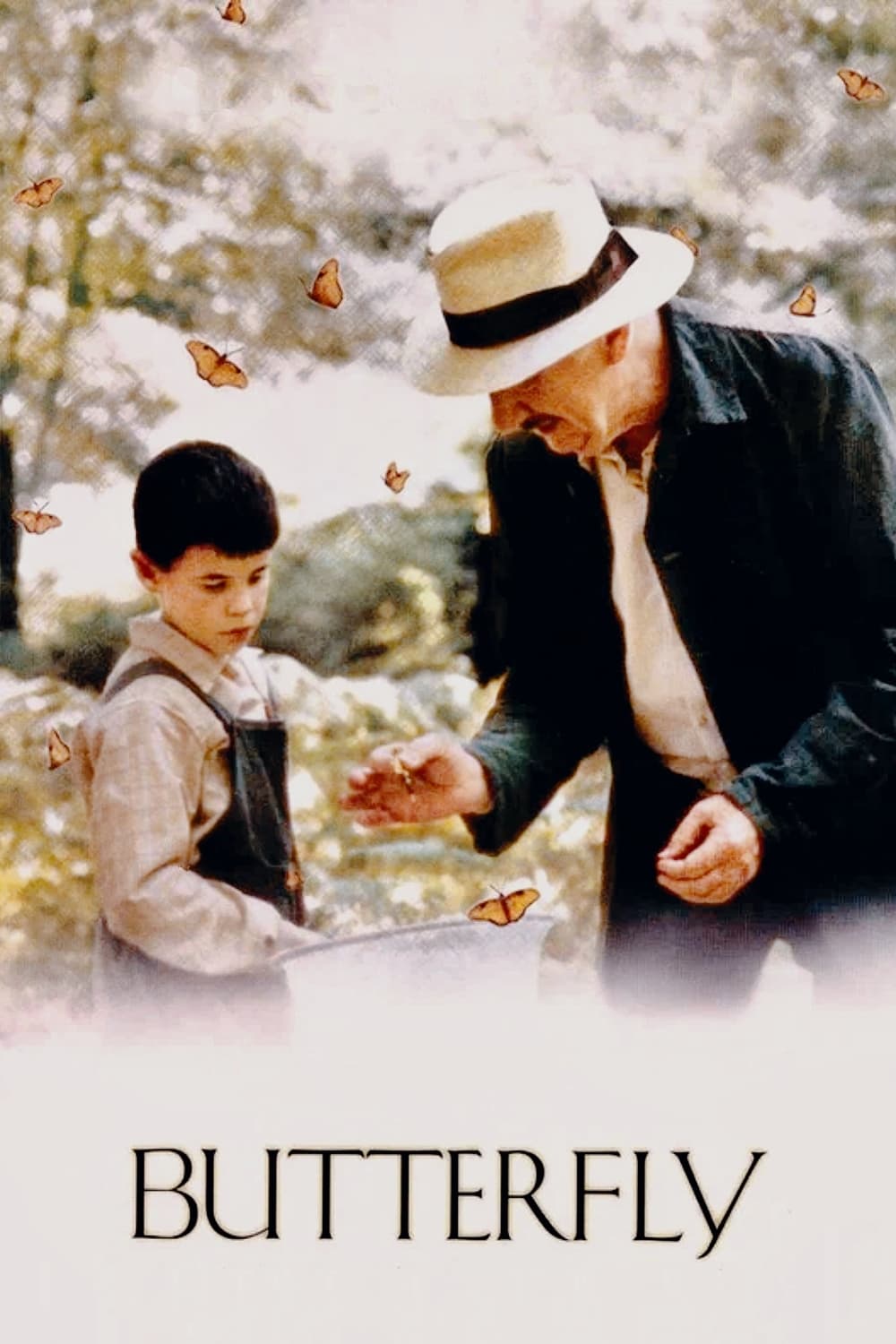
The film centres on Moncho and his coming-of-age experience in Galicia in 1936. Moncho develops a close relationship with his teacher Don Gregorio who introduces the boy to different things in the world. While the story centres on Moncho's ordinary coming-of-age experiences, tensions related to the looming Spanish Civil War periodically interrupt Moncho's personal growth and daily life.

The life of federal judge Raúl Lombardi and his journalist son, Marcos, changes forever when they become entangled in a web of corruption and drug trafficking involving law enforcement officers, judges, and other high-ranking officials.

The story of a boy who lives in a humble neighborhood and has problems with a police commissioner. The backdrop is the Argentine crisis experienced in the Buenos Aires suburbs, and the first scene portrays the looting of a supermarket. The short was part of "Short Stories I" (1995).
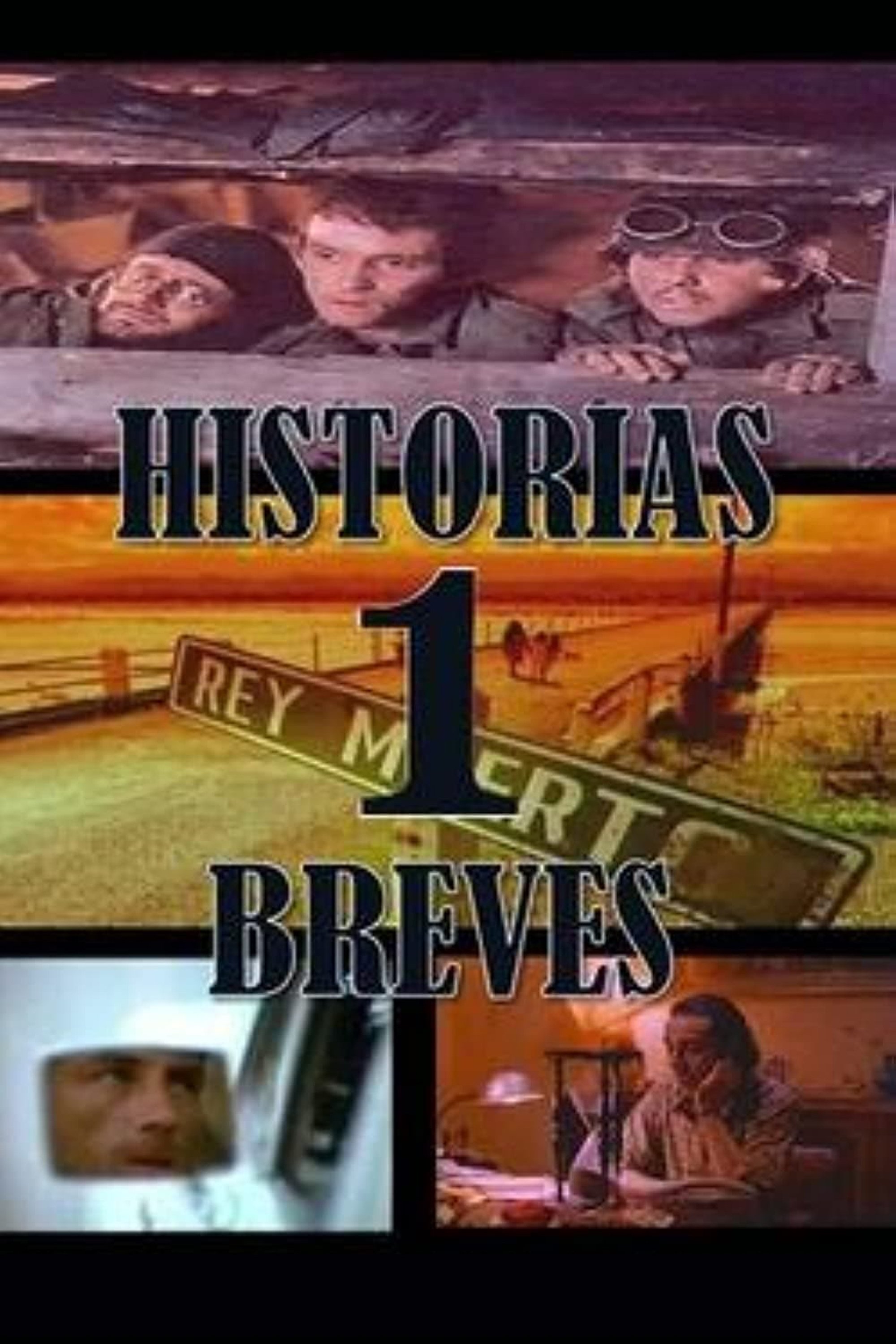
The film brings together the winners of the first edition of the Argentine National Film Board's (INCAA) annual public script competition, the grand prize of which is the budget to produce a short film. Eventually screened in national theaters, the omnibus film gave rise and recognition to a new generation of Argentine filmmakers known collectively as the New Argentine Cinema—a wave of contemporary filmmaking that began in the mid-1990s in reaction to decades of political and economic crises in the country.
By browsing this website, you accept our cookies policy.